Head-spinning contrasts are what make a trip to Colombia so exciting, enjoyable, and memorable. This South American country is known for its bustling cities sitting amid stunning natural beauty and centuries-old traditions coexisting with modernity. From the Andean peaks to the white sand beaches of its Caribbean coastline, Colombia offers travelers diverse experiences that define transformational travel.
“Colombia was a total revelation for me,” says NextTribe Founder and CEO Jeannie Ralston. “I’ve traveled extensively and lived in Mexico, but exploring Colombia was a wholly new and amazing adventure. The landscapes are so varied and thrilling, the culture is so exciting, and the people so welcoming.”
Join the adventure! NextTribe is leading an immersive tour of Colombia next July for women ages 45+. Learn all about it!
Whether you’re interested in its burgeoning arts scene, natural wonders, rich history, or culinary delights, Colombia has something for everyone. In this comprehensive NextTribe travel guide, we’ll explore the best places to visit in Colombia, delving into its unique history, when to visit, and how to get there from the U.S. We’ll also take you on a deep dive into the energizing city of Medellín, the colonial charm of Cartagena, the tranquility of the Rosario Islands, and much more.
A Brief History of Colombia

Colombia’s history is as diverse as its landscape, shaped by indigenous civilizations, Spanish colonization, and struggles for independence. Long before Spanish explorers arrived, Colombia was home to several advanced indigenous civilizations, including the Muisca and Tairona. The arrival of the Spanish in the early 1500s began a period of conquest and colonization. Cities like Cartagena and Bogotá were established during this time, becoming critical hubs in the Spanish Empire.
Long before Spanish explorers arrived, Colombia was home to several advanced indigenous civilizations, like the Muisca and Tairona, adding to its rich cultural heritage.
In the early 19th century, Colombia was one of the first countries in South America to fight for and gain independence, led by Simón Bolívar, who is now revered as a national hero. In the years that followed, Colombia experienced periods of civil unrest, political instability, and violence, but in recent decades, the country has made incredible strides toward peace and stability.
Today, Colombia is known for its cultural renaissance and innovative cities like Medellín, as well as its vibrant traditions, music, and festivals. It’s a country that embraces its past while looking forward to the future, making it a fascinating destination for any traveler.
Colombia’s Weather and the Best Time to Visit
Thanks to Colombia’s proximity to the equator, it enjoys relatively consistent temperatures year-round. However, the climate varies significantly depending on the region you visit. After all, the weather at the beach is predictably very different from that in the mountains.
Colombia’s Climate by Region
- Bogotá: Located in the Andean region, the capital is cooler with an average temperature of around 57°F. The rainy season is typically from April to June, then breaks in the summer, and kicks in again from October to November.
- Medellín: Known as the “City of Eternal Spring,” Medellín enjoys pleasant weather year-round, with average temperatures around a delightful 72°F. Rainfall is common from April to May and again from September to November.
- Cartagena: Located on the Caribbean coast, Cartagena is hot and humid, with temperatures averaging around 88°F. The best time to visit is from December to March when the weather is dry and sunny.
- Cali: Cali experiences a tropical climate with average temperatures around 86°F. It’s hot year-round, with wetter months from April to June and October to November.
Best Times of Year for Exploring Colombia
The best time to visit Colombia depends on the regions you want to explore. The dry season (December to March, as well as July and August) is ideal for most destinations, offering pleasant weather for beach vacations, treks, and city tours. Colombia also hosts many festivals during this period, such as the Carnaval de Barranquilla in February, one of the country’s most famous and colorful events.
At NextTribe, we visit Colombia in July. Not only is it the dry season, but it’s also a time that whale watching becomes especially fruitful and Independence Day is celebrated in style.
Getting to Colombia from the U.S.
Colombia is easily accessible from the United States, with several airlines offering direct flights from major cities.
As of this writing, here’s how you can jet off to Colombia:
- American Airlines, Delta, Avianca, and JetBlue provide direct flights to Colombia’s major cities. These can include Bogotá, Medellín, Cartagena, and Cali.
- Popular departure cities include Miami, New York, Los Angeles, Houston, and Atlanta.
You’ll have your pick of airports when jetting off to Colombia, and your choice will likely depend on where you’ll start your trip:
- El Dorado International Airport (BOG) in Bogotá is the busiest and largest airport, handling the majority of international flights.
- José María Córdova International Airport (MDE) serves Medellín, providing easy access to the city and surrounding regions.
- Rafael Núñez International Airport (CTG) in Cartagena is perfect for those headed to the Caribbean coast.
- Alfonso Bonilla Aragón International Airport (CLO) in Cali connects travelers to the salsa capital.
Once you arrive, domestic flights, buses, and taxis are widely available, though flying is the quickest way to travel between distant regions. At 440,000 square miles, Colombia is about the size of California and Texas combined!
The Lay of the Land

Colombia known as one of the world’s most beautiful places for good reason. It’s unusual to experience this wide swing of nature in one trip. It’s smaller than the state of Alaska but is crazily more diverse.
Nestled in the northwestern corner of South America, the landscape unfurls across the legendary Andes mountains, lush rainforests, vast plains, and vibrant coastal regions on both the Pacific and Caribbean coasts. Each region is like a world of its own and you’ll likely return from Colombia feeling as if you’ve traversed an entire continent versus just one nation. Which makes the experience and the memories that much more magical.
In the Andes, visitors can trek through mist-cloaked mountains, explore coffee plantations, and discover colonial towns like Villa de Leyva and Barichara, which feel untouched by time. These mountains also hold some of Colombia’s most enchanting cloud forests, where travelers can encounter diverse flora and fauna, including Colombia’s famous orchids and hummingbirds.
Whether you are trekking through mist-cloaked mountains, exploring coffee plantations, or discovering cities crackling with energy, Colombia delivers a thrilling escape from the same-old.
Journeying west, the Amazon rainforest beckons with dense, unspoiled nature teeming with wildlife. To the east, the sweeping plains of Los Llanos offer vast open spaces ideal for spotting capybaras (which are currently enjoying their well-deserved moment of Instagram fame; so cute!) and exotic birds. Colombia’s two coastlines add to this natural variety. As for the best places for shore lovers, the Caribbean coast’s white-sand beaches and heavenly bright blue waters contrast with the Pacific’s rugged shorelines and stunning stretches of black. Both coasts are prime spots for beach lovers, snorkelers, surfers, and basic nature lovers alike.
Best Places to Visit in Colombia: Start with Medellín
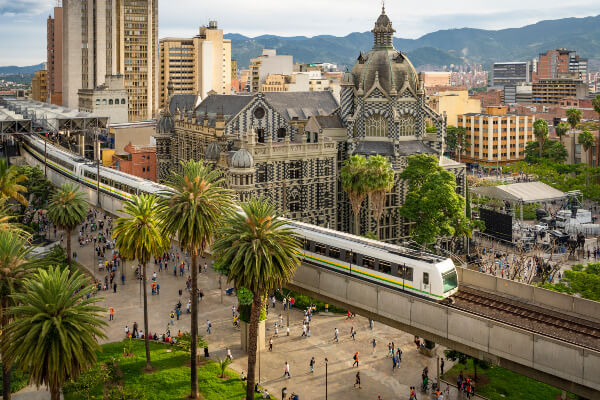
Medellín, once infamous for its troubled past, has undergone a remarkable transformation in recent years, becoming a vibrant hub for innovation, art, and culture. It’s a city that’s proud of its heritage and has used its turbulent history as a catalyst for creative rebirth. It’s quickly becoming a favorite destination of U.S. travelers and for good reason. Here, are some of the must-see spots for those visiting one of the best cities in Colombia:
Plaza Botero and the Art of Fernando Botero
No visit to Medellín is complete without a stop at Plaza Botero, where the renowned Colombian artist Fernando Botero has left an indelible mark. Botero, famous for his voluptuous and exaggerated figures, was born in Medellín. His larger-than-life sculptures now adorn this bustling public square in the Old Quarter of the city.
- Plaza Botero features 23 of Botero’s iconic bronze sculptures, which invite interaction and are beloved by both locals and tourists.
- Next to the plaza is the Museum of Antioquia, founded in 1881, which houses an impressive collection of over 5,000 pieces. The museum’s exhibits span Colombia’s archaeological heritage, contemporary art, and a significant portion dedicated to Botero’s works.
Parque Arvi and the Flower Farms of Santa Elena

To experience Medellín from a different perspective, take the cable car up to Parque Arvi, a nature reserve located high above the city. A cable car ride offers breathtaking views as you soar above the tree canopy. You’re then deposited amid endless greenery and a delicious soundtrack of birdsong high above the city’s urban sprawl.
Parque Arvi is reached by a cable car ride soaring above the tree canopy, depositing you amid endless greenery with a delicious soundtrack of birdsong.
Once you arrive at Parque Arvi, you’ll be met by a bus that takes you to the nearby village of Santa Elena. This area is famous for its traditional flower farmers. A visit to one of the flower farms provides a fascinating glimpse into a cherished Colombian tradition. The Silletas, elaborate flower arrangements used in Medellín’s Feria de Flores (Flower Festival), have become a cultural symbol of the city. At an organic flower farm, you can learn about the history and significance of these arrangements. It’s also a great opportunity to experience the rural lifestyle of Santa Elena.
Manrique and the Street Art of Constelaciones
For art lovers, a tour of Manrique, one of Medellín’s most vibrant neighborhoods, is a must. This area is home to Constelaciones, a remarkable collection of urban art spanning an area the size of three football fields. With more than 500 houses and 30 murals, Constelaciones showcases the creativity of local and international artists. The art here serves as a powerful symbol of the city’s transformation, turning once-neglected neighborhoods into blazingly colorful spaces, full of life.
Other Urban Highlights
A few additional spots to enjoy while exploring Colombia’s renowned city:
- Parque Lleras, which is a prime place for people-watching. It’s usually filled with musicians, street vendors, food sellers, and lots of locals.
- Jardin Botanico, among our favorite botanical gardens, with 35 acres of natural splendor, flowers everywhere, and birds tweeting.
- Cementerio Museo de San Pedro, near the botanical garden, is a small, fascinating place that’s equal parts cemetery and museum.
- Soccer matches, which are super-popular here. There are two local teams to catch.
- Museo de Arte Moderno, a fab modern art museum that reflects the energy of the current scene. Its cool building, a former industrial site, will appeal to architecture and creative-reuse fans for sure.
- Casa de la Memoria, a museum that shares harsh truths about the city’s past, with a focus on armed conflict. You’ll learn about the drug cartels that used to plague the area, providing important context for the city’s current renaissance.
- Cable cars, are a key way that residents get around the city with its steep hills. For tourists, however, it can be a delightful way to see Medellín from a sky-high perspective.
Envigado Coffee Farm Experience
Just outside Medellín lies Envigado, a charming town that’s home to traditional coffee farms. A visit to a coffee farm here offers a unique opportunity to learn about Colombia’s world-renowned coffee production, from bean to cup. You’ll explore the lush plantations, meet the farmers, and enjoy freshly brewed coffee while taking in stunning views of the Andean mountains.
True coffee fanatics can plan a trip to the country’s Zona Cafetera, or the Coffee Triangle region in the rural Paisa district. There, you can learn all about the renowned Colombian coffee that’s prized around the world in the small towns that comprise this area.
Cartagena: A Colonial Masterpiece by the Sea

Cartagena, located on Colombia’s Caribbean coast, is another of the best places to visit in Colombia. We’d even say it’s unmissable! This city is steeped in history and colonial charm. (Plus, you may remember it as the exotic setting for the film Romancing the Stone.) Its walled city, a UNESCO World Heritage site, is a fascinating old town to explore. You’ll amble through a labyrinth of cobblestone streets, marvel at (and snap photos of) colorful cobalt and coral buildings, and soak up the energy of its busy plazas. It’s truly an ideal place to imagine what life used to be like in Cartagena and experience what it’s all about today.
A few of the highlights of a trip to this glorious location:
Bazurto Market: A Taste of Local Life
For a truly local experience, head to Bazurto Market. It’s a somewhat chaotic yet fascinating place where you can immerse yourself in Cartagena’s vibrant daily life. This sprawling market is rich with sensory stimulation; stalls sell all kinds of fresh fruits, vegetables, seafood, spices, and medicinal herbs. Who knew that even at midlife and beyond, you might discover a fruit you’ve never seen before? Or a fragrant herb that’s totally new to you? Winding through the labyrinth of alleys and stalls (sign up for a walking tour if you like), you can soak up the flavors and aromas of Cartagena’s culinary culture and re-awaken to the diversity of our world.
Islabela and the Rosario Islands: A Tropical Paradise
For those seeking a relaxing escape, the Rosario Islands are a short boat ride from Cartagena. Islabela, located in this idyllic archipelago, is a private beach with crystal-clear waters and pristine white sand. As it’s nestled in a bay, the water is calm, making it perfect for swimming and snorkeling. This peaceful retreat offers a chance to unwind, with beautiful views and minimal distractions (though it can be a crowded day trip destination during the high season).
From Cartagena, take a day (or two) to explore the gorgeous tropical beaches with calm waters and picturesque coconut palms.
Another day trip (or couple-of-days trip) to consider from Cartagena is Tayrona National Park, where you can walk along or splash in azure waters at this renowned palm-wreathed Caribbean beach. There are also archaeological ruins to explore.
DAMARTES: Crafting with a Purpose
While in Cartagena, don’t miss the chance to visit DAMARTES (Ladies and Mothers of Art), a micro-business run by seven women who have turned coconut shells into stunning crafts. Since 2008, they have been creating jewelry, vases, containers, belts, and other accessories, giving new life to coconuts while making a positive social impact.
Purchasing these handmade items supports local artisans and sustainable practices. “NextTribe tours stop here,” explains Ralston. “It’s such a wonderful way to connect with the local women and support their artistry.”
Discover Bogotá

Another city in Colombia that’s a great place to visit is Bogotá. La Candelaria neighborhood is one that gets rave reviews from international tourists. It’s rich with grand architecture. Of course, you’ll want to explore the Plaza de Bolivar, with its neoclassical Capitol, a grand Colonial cathedral, as well as the surrounding narrow cobblestone streets that take you back to centuries past. There’s history at every turn: This is the city’s birthplace, believed to have been founded in 1538 by the Spanish conquistador Gonzalo Jiménez de Quesada y Rivera.
Bogotá’s Plaza de Bolivar, with its grand Capitol and cathedral and surrounding cobblestone streets will transport you to centuries past.
Jewelry fans typically find Bogotá a favorite spot to visit. There’s the Gold Museum, with ancient artifacts, plus plenty of opportunities to snap up those amazing emeralds in a rich, saturated green that Colombia is known for.
Cali, Here We Come!

In the Valle del Cauca region, to the southwest of Bogotá, you will find Cali, a city that offers marvelous architecture and adventure for those who are so inclined. In Cali’s oldest quarter, the neoclassical San Pedro Cathedral displays stunning paintings of the Quito School. Nearby, you can explore the 18th- and 19th-century San Francisco Religious Complex and still older spaces. La Merced Chapel is where the very first mass was held in 1536.
Beyond Cali’s grand architecture and happening street life, you can visit nearby waterfalls, a hummingbird sanctuary, and the zoo.
The city also prides itself on salsa dancing if you feel like visiting a club and trying out your moves. Other popular destinations are the Zoologico de Cali for zoo lovers; Bosque El Descanso, a nearby park with waterfalls to splash in; and a hummingbird sanctuary. Getting hungry from the outdoorsy activity? Take a street food tour and taste the city’s favorite flavors.
One last note: While in this area, consider adding a stop and visiting Colombia’s White City, aka Popayán, which is about three hours south. It’s known for its white-washed buildings and is revered as one of the best-preserved Colonial-era cities in all of Latin America.
Colombian Cuisine: A Flavorful Journey

Colombian cuisine is as diverse as its landscapes, with distinct flavors and dishes found in each region. Among the best things you can do in this country is sample the foods of Latin America. Here are some classic (and incredibly tasty) foods and drinks to try while traveling through Colombia.
Classic Foods
- Ajiaco: A signature dish of Bogotá, this is a chicken soup with three kinds of potatoes, corn, capers, cream, and guascas (a local herb). Ajiaco is typically served with a side of rice and avocado.
- Arepas: A staple across the country, arepas are cornmeal cakes that can be grilled or fried. They come in various forms, with fillings like cheese, eggs, or meats, depending on the region.
- Bandeja Paisa: A hearty dish that originated in the Antioquia region, bandeja paisa includes beans, rice, ground beef, chicharrón (fried pork belly), fried egg, avocado, and arepa. It’s a filling and flavorful meal that showcases Colombia’s comfort food.
- Lechona: A roasted pig stuffed with rice, peas, and spices, lechona is a festive dish that’s especially popular in the Tolima region.
- Sancocho: This traditional soup is made with a mix of meats (chicken, beef, or fish), potatoes, plantains, yucca, and corn. Sancocho is a popular dish for family gatherings, often served with rice and avocado on the side.
Drinks
- Aguardiente: Colombia’s national drink, aguardiente is a strong anise-flavored liquor that’s often enjoyed during celebrations.
- Chicha: A traditional fermented corn drink that dates back to pre-Colombian times, chicha is still enjoyed in some rural areas.
- Tinto: Colombians love their coffee, and tinto is a small cup of black coffee that’s typically enjoyed throughout the day.
Also, don’t miss the craft brewery scene that’s on the upswing in Colombia. You’ll find microbreweries dotting the major cities, putting their own spin on brewskies.
Enjoy!

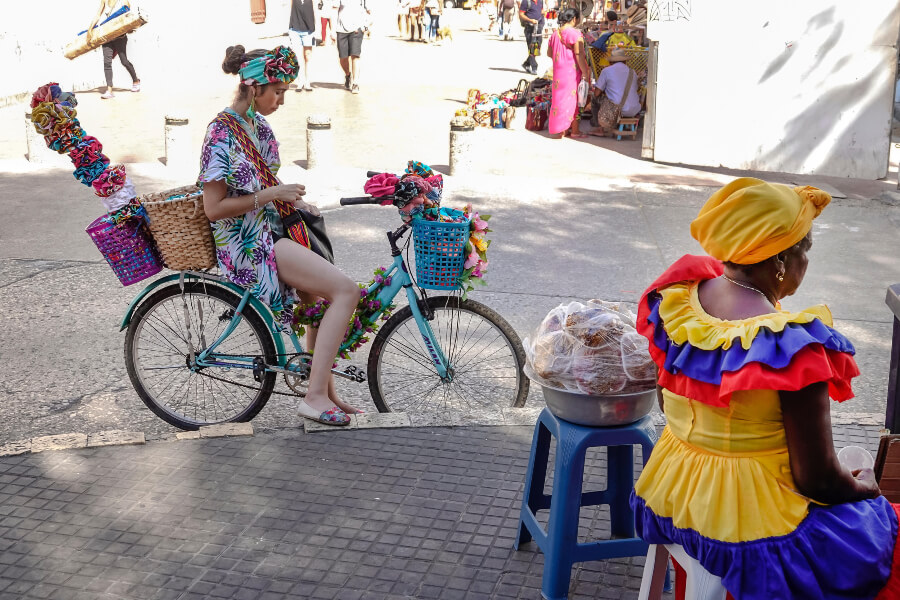

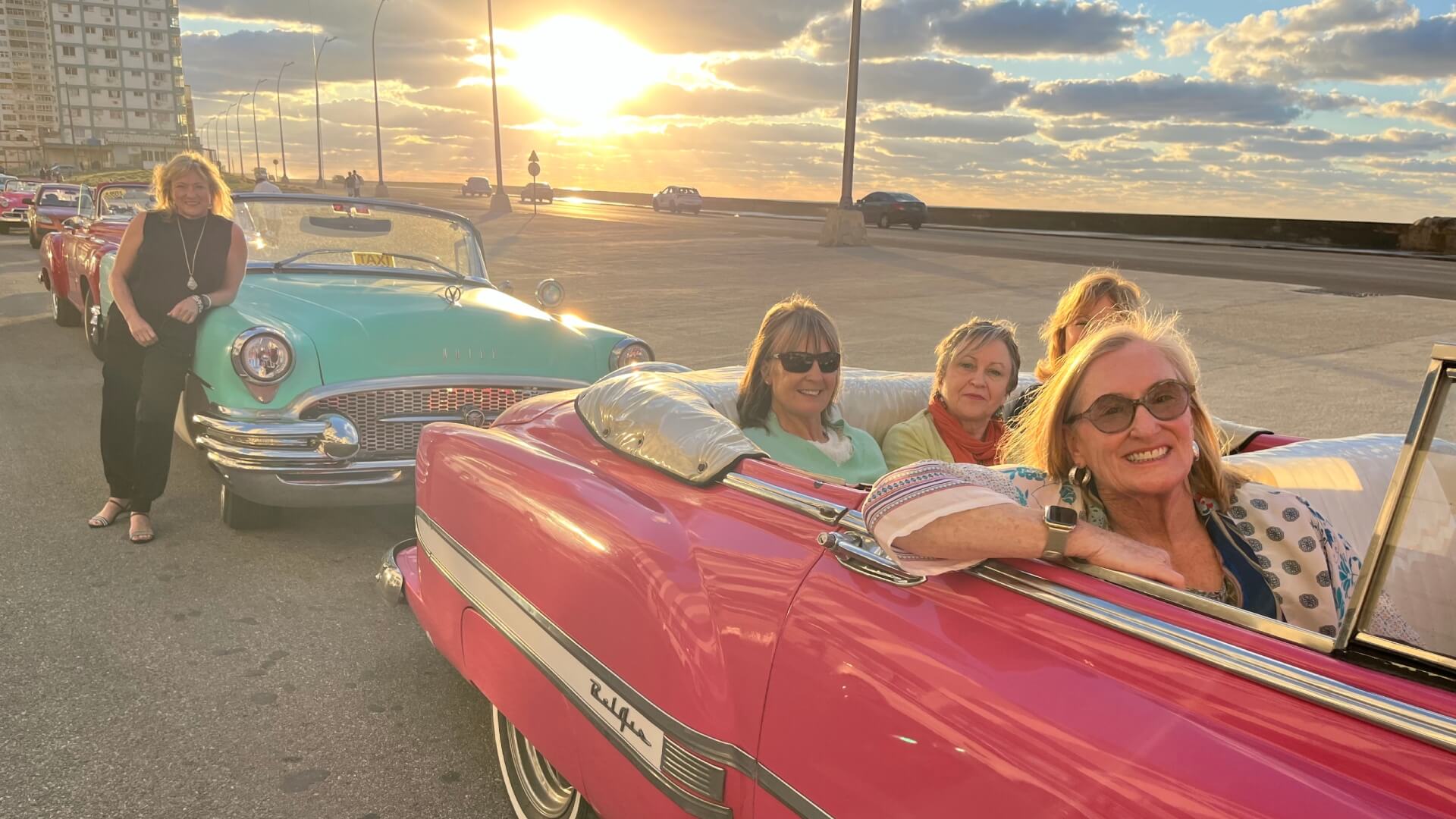
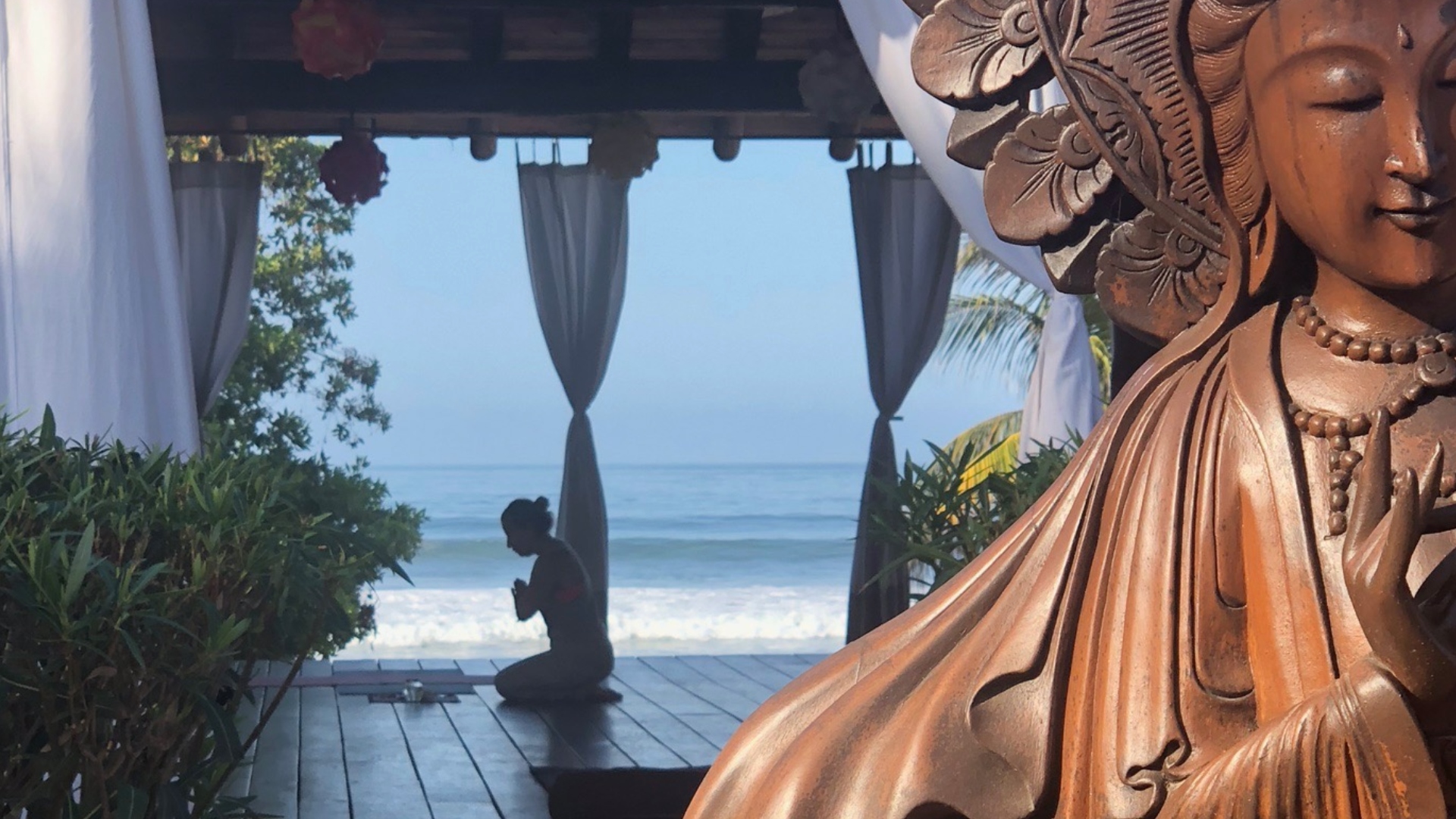
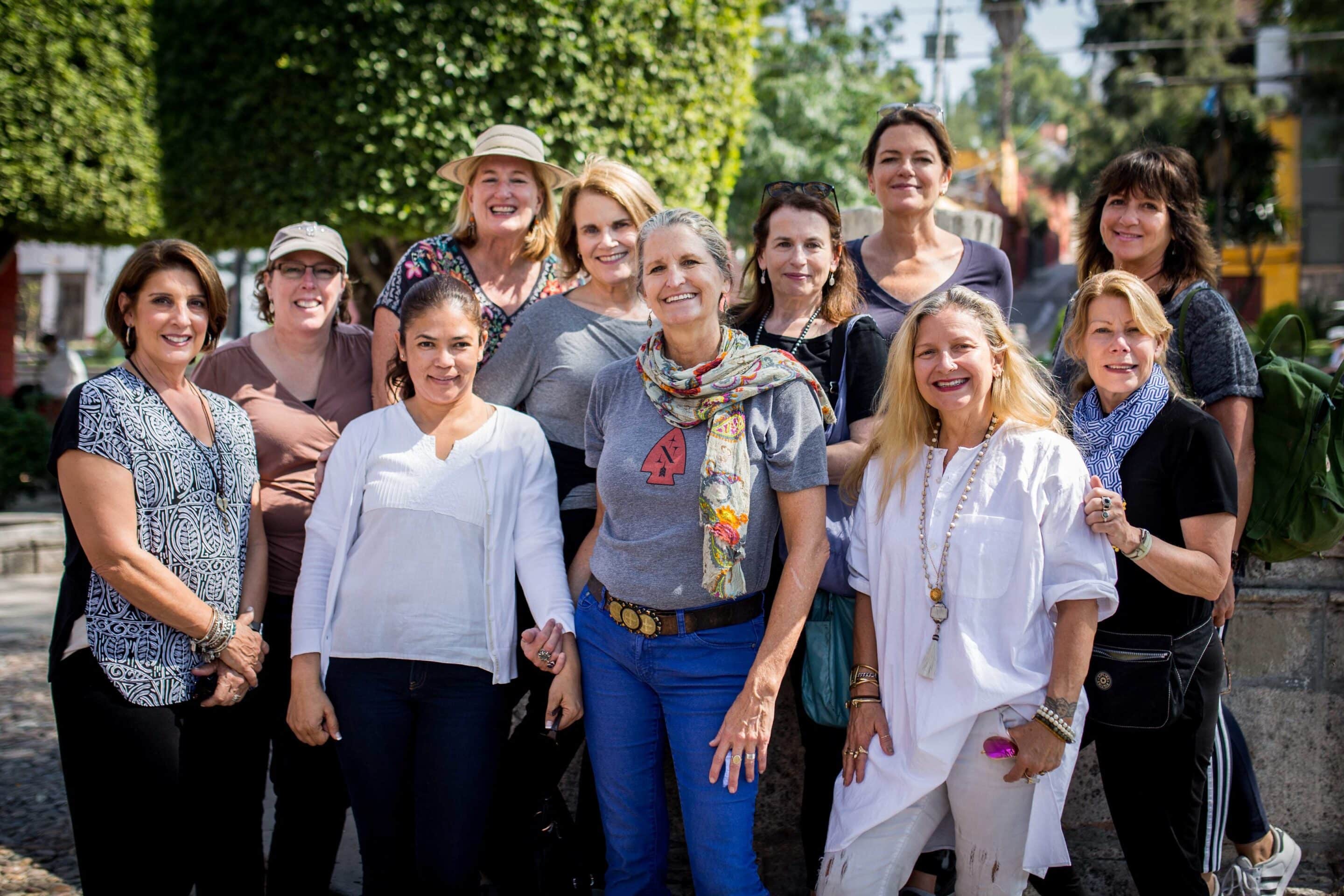
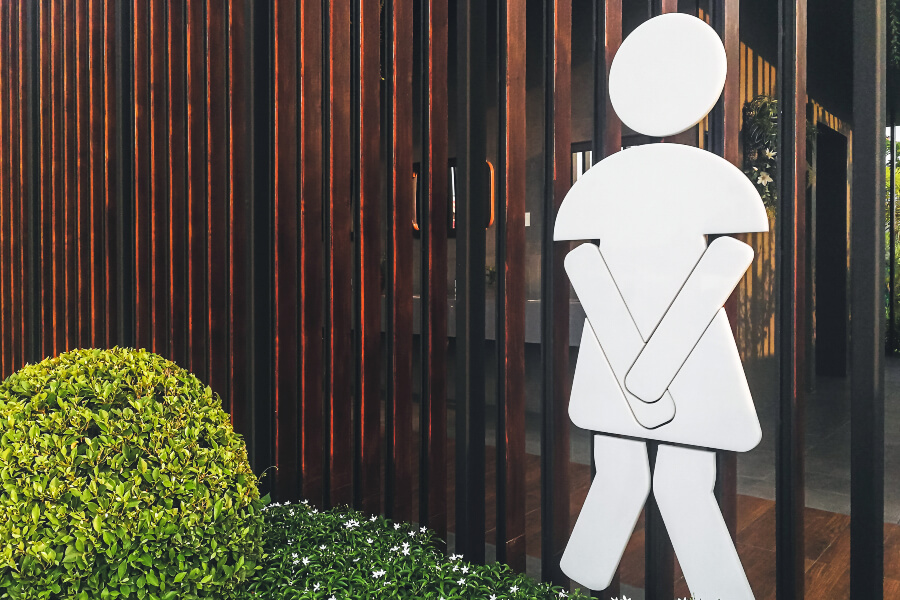





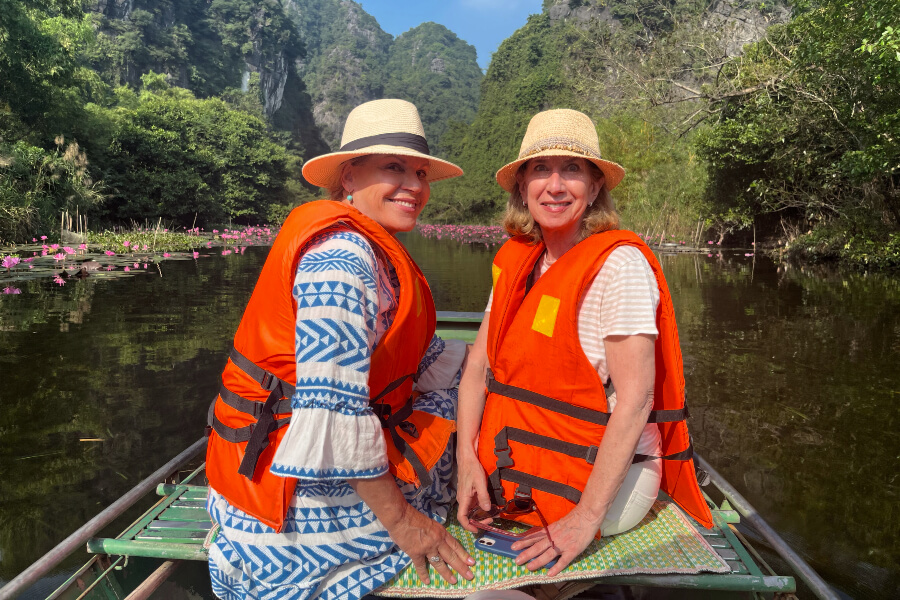

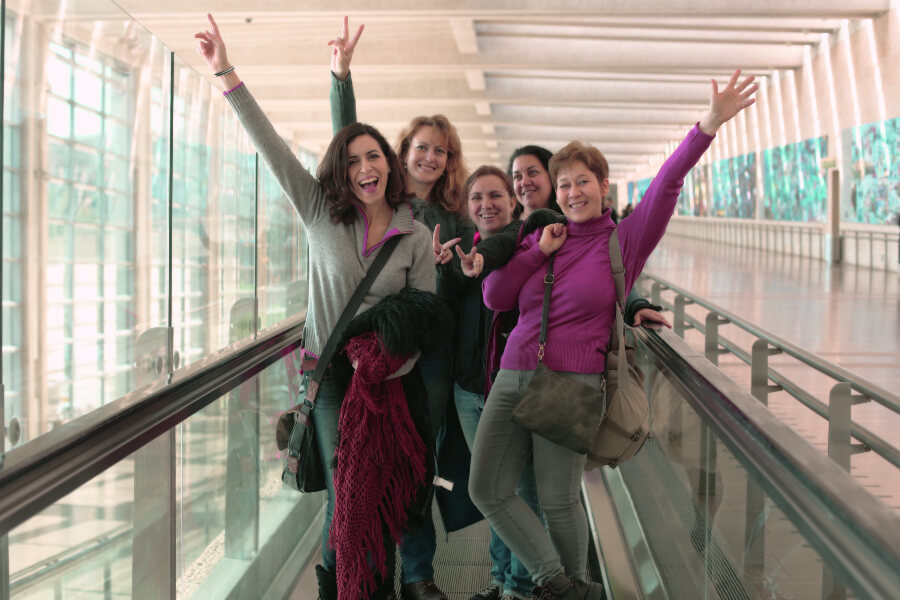
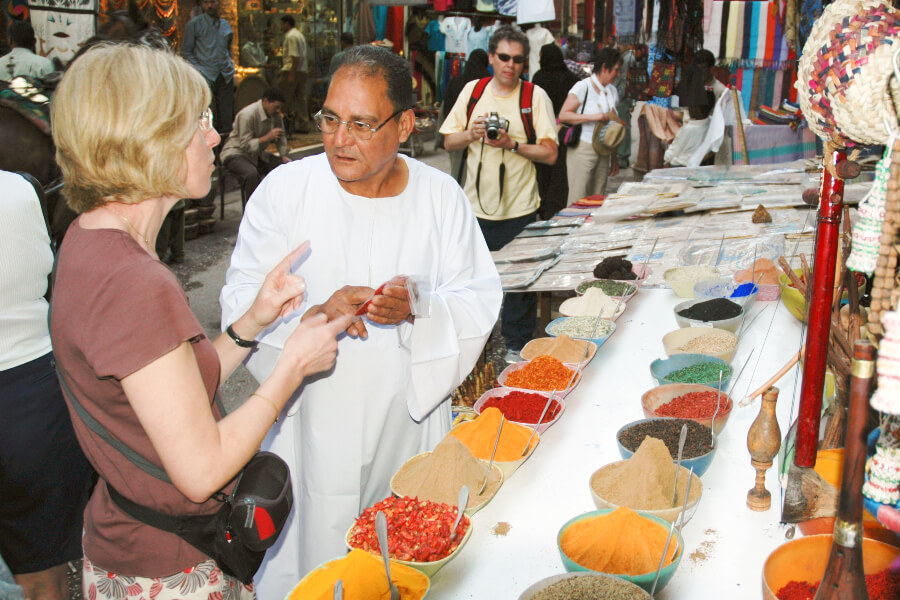



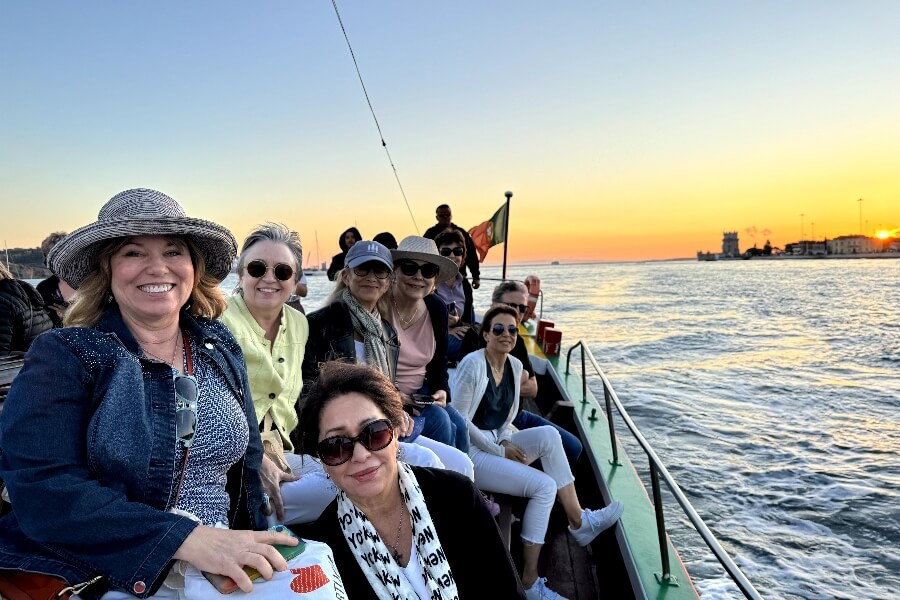
0 Comments